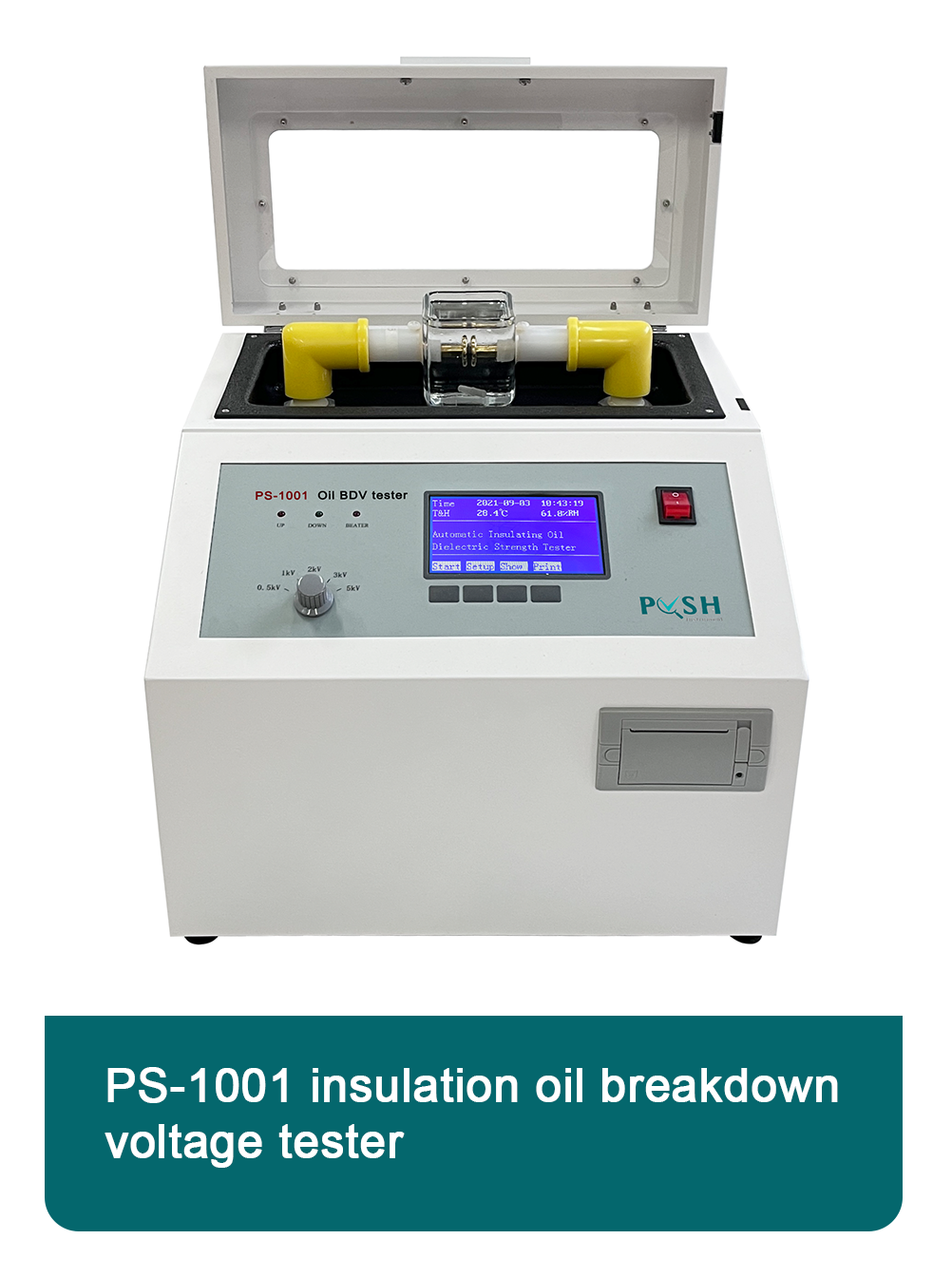 English
English



-
 Afrikaans
Afrikaans -
 Albanian
Albanian -
 Amharic
Amharic -
 Arabic
Arabic -
 Armenian
Armenian -
 Azerbaijani
Azerbaijani -
 Basque
Basque -
 Belarusian
Belarusian -
 Bengali
Bengali -
 Bosnian
Bosnian -
 Bulgarian
Bulgarian -
 Catalan
Catalan -
 Cebuano
Cebuano -
 China
China -
 China (Taiwan)
China (Taiwan) -
 Corsican
Corsican -
 Croatian
Croatian -
 Czech
Czech -
 Danish
Danish -
 Dutch
Dutch -
 English
English -
 Esperanto
Esperanto -
 Estonian
Estonian -
 Finnish
Finnish -
 French
French -
 Frisian
Frisian -
 Galician
Galician -
 Georgian
Georgian -
 German
German -
 Greek
Greek -
 Gujarati
Gujarati -
 Haitian Creole
Haitian Creole -
 hausa
hausa -
 hawaiian
hawaiian -
 Hebrew
Hebrew -
 Hindi
Hindi -
 Miao
Miao -
 Hungarian
Hungarian -
 Icelandic
Icelandic -
 igbo
igbo -
 Indonesian
Indonesian -
 irish
irish -
 Italian
Italian -
 Japanese
Japanese -
 Javanese
Javanese -
 Kannada
Kannada -
 kazakh
kazakh -
 Khmer
Khmer -
 Rwandese
Rwandese -
 Korean
Korean -
 Kurdish
Kurdish -
 Kyrgyz
Kyrgyz -
 Lao
Lao -
 Latin
Latin -
 Latvian
Latvian -
 Lithuanian
Lithuanian -
 Luxembourgish
Luxembourgish -
 Macedonian
Macedonian -
 Malgashi
Malgashi -
 Malay
Malay -
 Malayalam
Malayalam -
 Maltese
Maltese -
 Maori
Maori -
 Marathi
Marathi -
 Mongolian
Mongolian -
 Myanmar
Myanmar -
 Nepali
Nepali -
 Norwegian
Norwegian -
 Norwegian
Norwegian -
 Occitan
Occitan -
 Pashto
Pashto -
 Persian
Persian -
 Polish
Polish -
 Portuguese
Portuguese -
 Punjabi
Punjabi -
 Romanian
Romanian -
 Russian
Russian -
 Samoan
Samoan -
 Scottish Gaelic
Scottish Gaelic -
 Serbian
Serbian -
 Sesotho
Sesotho -
 Shona
Shona -
 Sindhi
Sindhi -
 Sinhala
Sinhala -
 Slovak
Slovak -
 Slovenian
Slovenian -
 Somali
Somali -
 Spanish
Spanish -
 Sundanese
Sundanese -
 Swahili
Swahili -
 Swedish
Swedish -
 Tagalog
Tagalog -
 Tajik
Tajik -
 Tamil
Tamil -
 Tatar
Tatar -
 Telugu
Telugu -
 Thai
Thai -
 Turkish
Turkish -
 Turkmen
Turkmen -
 Ukrainian
Ukrainian -
 Urdu
Urdu -
 Uighur
Uighur -
 Uzbek
Uzbek -
 Vietnamese
Vietnamese -
 Welsh
Welsh -
 Bantu
Bantu -
 Yiddish
Yiddish -
 Yoruba
Yoruba -
 Zulu
Zulu
burden test on ct and pt
Exploring the Burden Test on CT and PT
The burden test is an essential diagnostic procedure in the realm of healthcare, particularly when it comes to assessing the functionality of the cardiovascular and respiratory systems. The abbreviation CT refers to computed tomography, a powerful imaging technique that provides detailed pictures of the body's internal structures. PT, on the other hand, usually stands for physical therapy, which is often essential in patient rehabilitation. However, when considering the burden test in the context of CT and PT, it is crucial to examine how these different aspects interact in diagnosing and treating various medical conditions.
Exploring the Burden Test on CT and PT
When utilizing CT in conjunction with burden testing, healthcare providers obtain critical imaging information that can help visualize the heart and lungs in real-time. For example, a patient may undergo a burden test to better understand their cardiac capacity. During this phase, doctors closely monitor the patient while progressively increasing the workload. CT scans taken at various intervals can help illustrate how the cardiovascular system responds under stress, providing information on blood flow, potential blockages, and overall heart health.
burden test on ct and pt

Moreover, utilizing CT imaging during a burden test can enhance the diagnosis of conditions such as coronary artery disease or chronic obstructive pulmonary disease (COPD). With intricate details provided by CT scans, medical professionals can make more informed decisions, leading to tailored rehabilitation strategies that address specific weaknesses uncovered during the burden test.
Following the burden test and subsequent imaging analysis, physical therapy (PT) plays a critical role in patient recovery and overall quality of life improvement. After understanding the patient's limitations and capabilities, a tailored physical therapy program can be developed. This program aims to restore function, improve strength, and increase endurance, directly addressing the issues highlighted during the burden test.
PT not only relies on the results of the burden test to inform the approach taken but also remains adaptable throughout the course of treatment, adjusting techniques based on patient progress. This continuous evaluation enables effective rehabilitation that is sensitive to the patient's evolving needs, making PT an integral part of the treatment cycle following a burden test.
In conclusion, integrating the burden test with CT imaging in a clinical setting leads to a comprehensive understanding of individual health profiles, providing clarity on the state of a patient’s cardiovascular and pulmonary system. By extending the findings from the burden test into actionable physical therapy strategies, healthcare providers can offer holistic treatment that not only targets immediate deficiencies but also fosters long-term health improvements. The marriage of these diagnostic and therapeutic techniques represents a significant advancement in personalized medicine, ultimately aiming for better health outcomes and quality of life for patients.
-
Testing Equipment Industry Sees Major Advancements in 2025: Smart & Precision Technologies Lead the WayNewsJun.06,2025
-
Applications of Direct Current Generators in Renewable Energy SystemsNewsJun.05,2025
-
Hipot Tester Calibration and Accuracy GuidelinesNewsJun.05,2025
-
Digital Circuit Breaker Analyzer Features and BenefitsNewsJun.05,2025
-
Benefits of Real-Time Power Quality Monitoring Devices for Industrial EfficiencyNewsJun.05,2025
-
Earth Fault Loop Testing in High-Rise Building Electrical SystemsNewsJun.05,2025



